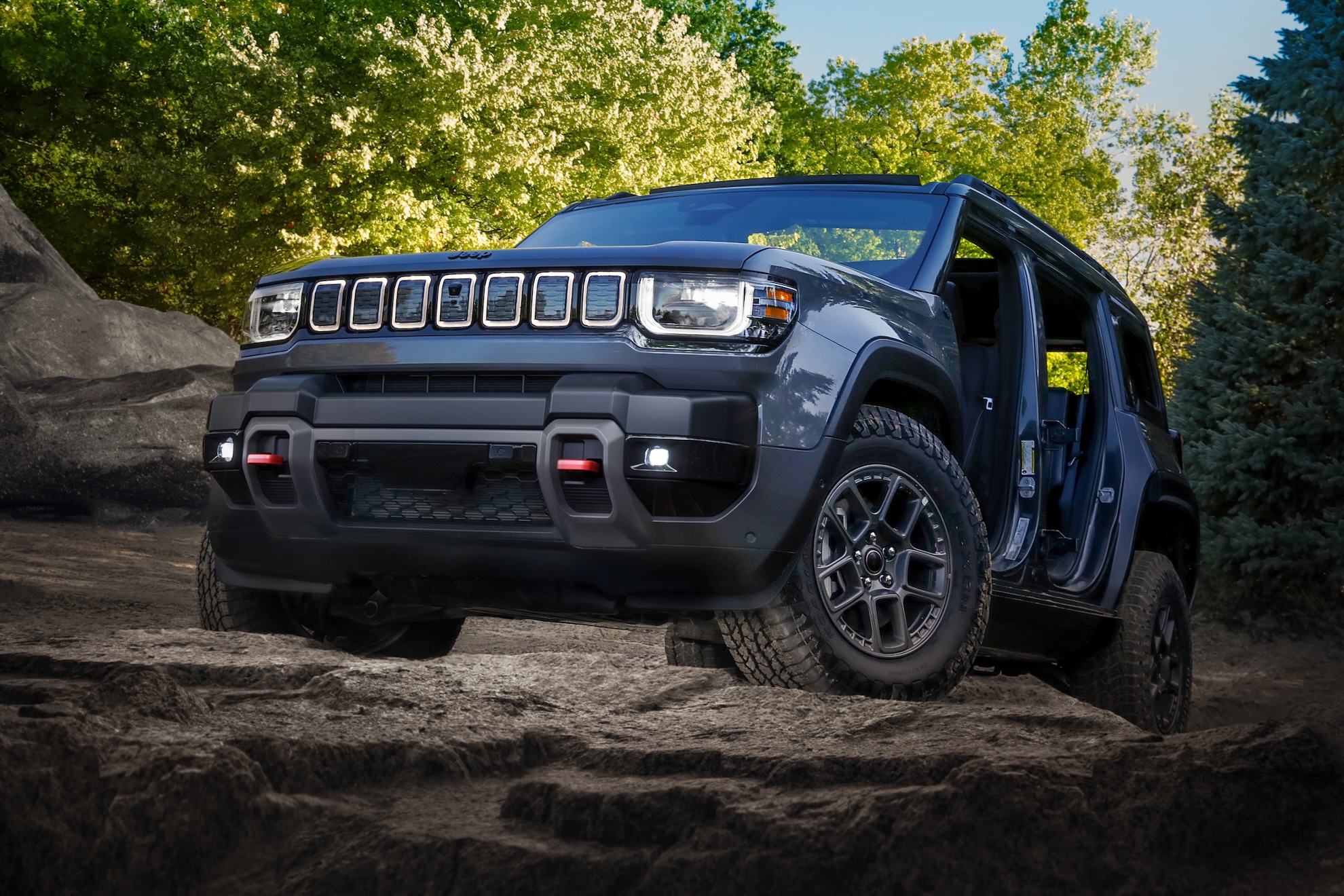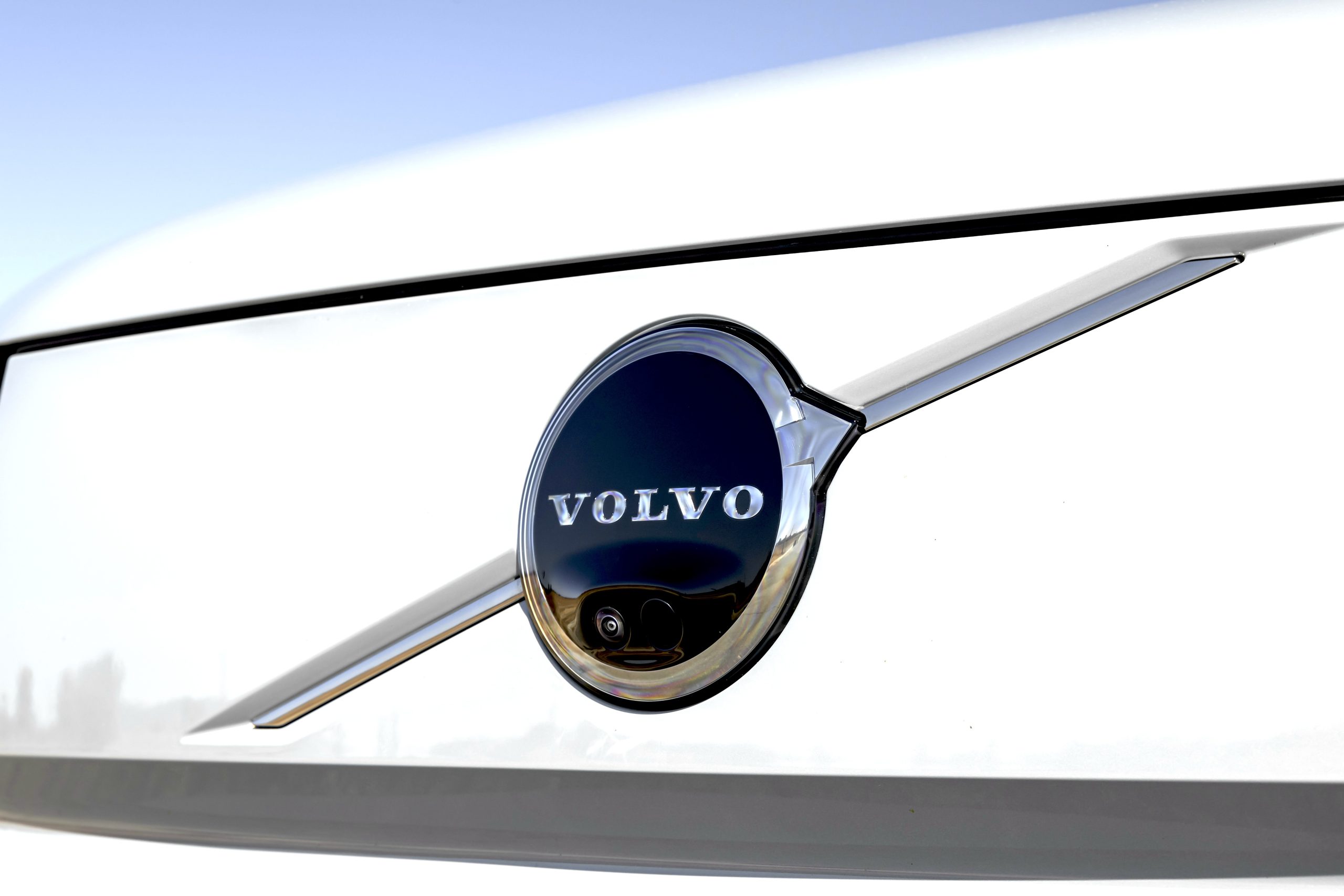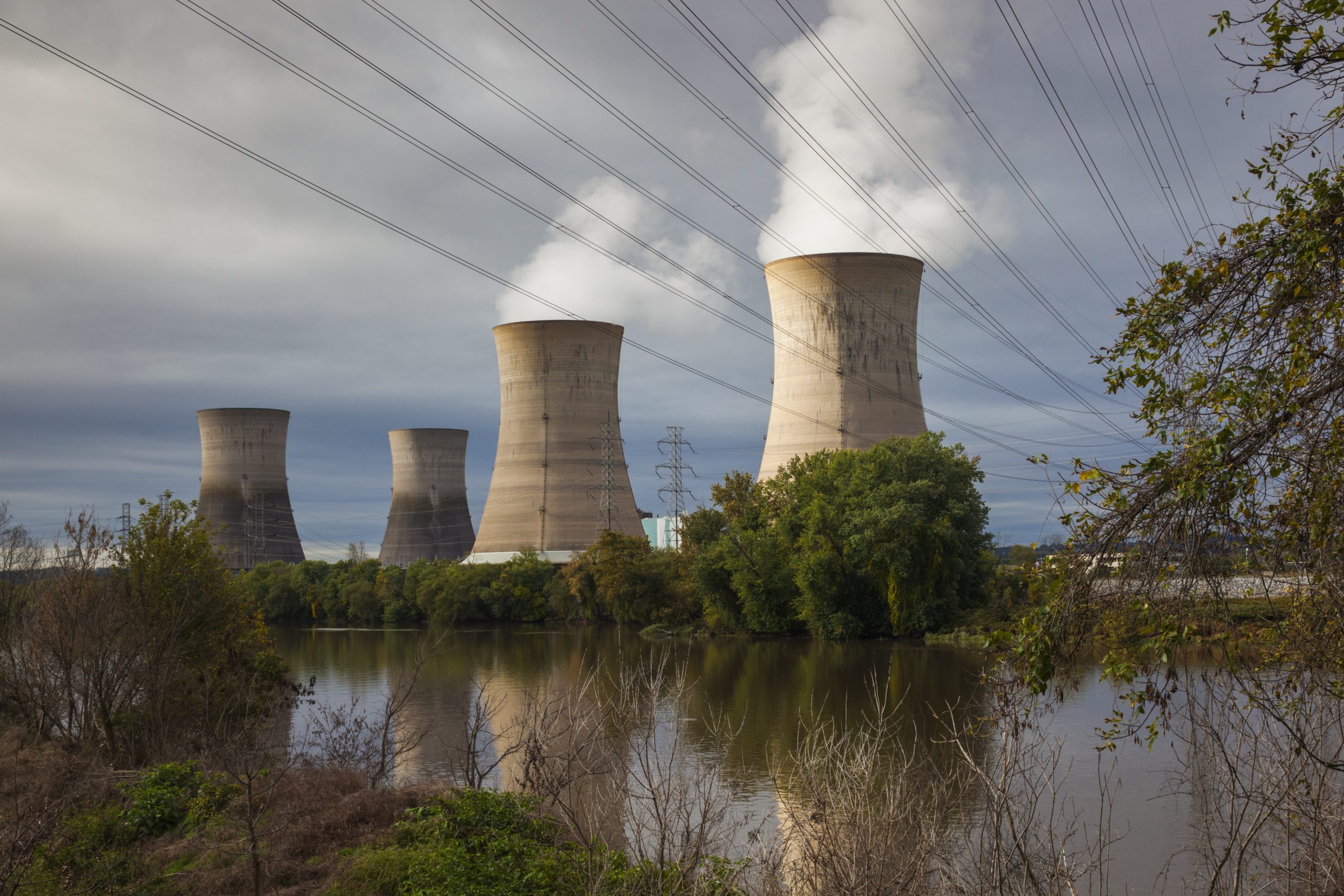
The highly anticipated all-electric Jeep Recon has formally emerged from its period of uncertainty, with Stellantis confirming production plans for the 2026 model year. This rugged electric SUV, boasting an estimated 250 miles of range and a starting price of $65,000 (excluding destination fees), is poised to enter production next year at the Toluca Assembly Plant in Mexico. Its initial launch will target the U.S. and Canadian markets, with a global expansion to follow. The Recon’s arrival marks a significant moment for the iconic brand, as it navigates the complex and often fluctuating landscape of automotive electrification.
A Shifting Electrification Strategy at Stellantis
The unveiling of the Jeep Recon occurs against a backdrop of significant recalibration within the global automotive industry regarding electric vehicle (EV) adoption. Just three years ago, when Jeep initially showcased its ambitious EV portfolio, the prevailing sentiment was one of rapid, unbridled growth for battery-electric models. Parent company Stellantis, for instance, had outlined a bold "Dare Forward 2030" strategic plan, aiming for EVs to constitute 50% of its North American sales and 100% of its European sales by the end of the decade. This vision saw the all-electric Jeep Recon and Wagoneer S models as spearheads in the brand’s bid to dominate the electrified SUV segment.
However, the journey toward widespread EV adoption has proven more nuanced than initially projected. Over the past year, many automakers, including major players like Stellantis, have begun to adjust their aggressive EV timelines and investment strategies. This shift is primarily attributed to a confluence of factors, including slower-than-anticipated consumer demand, particularly outside of early adopter segments, persistent concerns about charging infrastructure availability and reliability, and the higher upfront costs associated with current EV technology. The economic uncertainties and inflationary pressures have also made consumers more cautious about large purchases.
Within Stellantis, these adjustments have been evident. For example, Ram, another brand under the Stellantis umbrella, revised its plans for a battery-electric full-size pickup truck, opting instead to prioritize an extended-range variant of the Ram 1500 REV. This strategic pivot underscored a broader industry trend of embracing hybrid or range-extended solutions to bridge the gap between traditional internal combustion engines (ICE) and full battery-electric vehicles, offering consumers a stepping stone toward electrification without the perceived limitations of pure EVs. Furthermore, a substantial $13 billion investment plan announced by Stellantis to bolster its U.S. manufacturing over the next four years, while crucial for its long-term revival, notably de-emphasized electrification as its central pillar. Instead, the focus broadened to include a range of powertrain technologies, reflecting a more diversified approach to future mobility.
Amidst these industry-wide shifts and internal re-evaluations, the Jeep Recon’s survival and confirmed production schedule stand out. Its continued progression suggests that Stellantis views the Recon not merely as another EV, but as a crucial component of Jeep’s future identity, blending the brand’s legendary off-road capability with modern electric propulsion.
The Genesis of Jeep’s EV Vision
The initial unveiling of the Recon in September 2022 was part of a larger, global electrification strategy by Jeep, which introduced a trio of new electric vehicles, two of which were slated for North America. Alongside the Recon, the Wagoneer S was presented as a premium, performance-oriented electric SUV. While the Wagoneer S successfully came to market in early 2025, the Recon’s journey was marked by a period of relative quiet, leading to speculation about its fate in a rapidly changing market.
Jeep’s broader electrification efforts are rooted in its "4xe" strategy, which initially saw the successful introduction of plug-in hybrid electric vehicle (PHEV) versions of popular models like the Wrangler and Grand Cherokee. These 4xe models demonstrated the viability of electric powertrains in enhancing the brand’s core attributes, such as instant torque for off-roading and improved fuel efficiency. The Recon, however, represents a more significant leap—a purpose-built, all-electric vehicle designed from the ground up to uphold Jeep’s rigorous off-road standards while embracing zero-emission mobility. This transition from PHEV to full BEV is a critical step in Jeep’s evolution, aiming to attract a new generation of eco-conscious adventurers while retaining its loyal base.
Recon’s Design and Off-Road Prowess
The Jeep Recon immediately evokes the brand’s iconic aesthetic, particularly drawing parallels with the rugged, adventurous spirit of the Wrangler. Its design language is unmistakably Jeep, characterized by a robust stance, purposeful lines, and features that hint at its off-road capabilities. Crucially, the Recon proudly bears the "Trail Rated" badge, a designation that carries significant weight among off-road enthusiasts and signifies a vehicle’s proven ability to perform under challenging conditions across five key categories: traction, ground clearance, maneuverability, articulation, and water fording.
To live up to this demanding standard, the Recon comes equipped with a suite of specialized off-road technologies. Standard features include Jeep’s renowned Selec-Terrain traction management system, which allows drivers to optimize the vehicle’s performance across various terrains such as snow, sand, mud, and rock. Robust underbody protection, typically comprising skid plates, safeguards critical components from trail hazards. Prominent tow hooks, integrated into the vehicle’s design, provide essential recovery points. The inclusion of aggressive off-road tires further enhances grip and durability on unpaved surfaces.
Perhaps one of the most significant off-road innovations in the Recon is its e-locker axle technology. This system allows drivers to electronically lock the differential with the flip of a switch, ensuring that torque is evenly distributed to both rear wheels. This capability is indispensable in extreme off-road scenarios where one wheel might lose traction, preventing power from being wasted and enabling the vehicle to maintain forward momentum. Beyond its technical prowess, the Recon also embraces classic Jeep open-air freedom with removable doors and a swing gate, enhancing the immersive off-road experience and connecting it to the brand’s deep heritage.
As Jeep brand CEO Bob Broderdorf articulated, "With the Jeep Recon, we’re proving that electrification isn’t just compatible with off-road excellence, it can elevate it, delivering instant torque, precision control and a quieter, more connected driving experience that’s uniquely Jeep." This statement underscores the strategic intent behind the Recon: to demonstrate that electric propulsion can enhance, rather than diminish, the core attributes that define a Jeep vehicle.
Performance and Range Considerations
At the heart of the Jeep Recon’s electric powertrain is a substantial 100-kilowatt-hour battery pack. This large battery capacity is fundamental to achieving its estimated 250-mile range, a figure that aims to address potential range anxiety, particularly for adventurers venturing far from urban charging infrastructure. The powertrain delivers an impressive 650 horsepower and 620 pound-feet of torque, a potent combination designed to provide instant and robust power delivery crucial for navigating challenging terrains. This formidable power enables the Recon to accelerate from zero to 60 miles per hour in a rapid 3.6 seconds, a performance metric that, while perhaps surprising for an off-road-focused SUV, highlights the inherent advantages of electric motors in delivering immediate acceleration.
The instantaneous torque delivery of electric motors is particularly beneficial in off-roading, providing precise control and effortless climbing capabilities over obstacles. However, the balance between range, power, and the practicalities of off-road exploration presents unique challenges for an electric vehicle. While 250 miles offers a reasonable range for daily driving, extended off-road excursions, especially those involving heavy use of four-wheel drive and low-speed crawling, can significantly deplete battery capacity faster than highway driving. This raises questions about the availability of charging solutions in remote wilderness areas, a critical consideration for the target demographic of serious off-roaders.
The Evolving Charging Infrastructure Landscape
In a move aimed at enhancing charging convenience for its future EV owners, Stellantis announced its adoption of the North American Charging System (NACS) for select electric vehicles, including the Jeep Recon. NACS, originally developed by Tesla, has rapidly become a de facto industry standard in North America, with numerous major automakers committing to its integration. This widespread adoption is expected to significantly expand access to Tesla’s extensive Supercharger network, widely regarded as one of the most reliable and prevalent charging infrastructures available.
However, for the initial launch of the Jeep Recon, NACS will not be integrated directly into the vehicle. This means that owners will need a NACS adapter to access Tesla Supercharging stations. While adapters offer a temporary solution, direct integration in future model years would streamline the charging experience. The broader implications of NACS adoption are positive for consumers, potentially alleviating some of the "range anxiety" associated with EV ownership by providing more charging options. Yet, challenges persist within the public charging landscape, including variations in charging speeds, reliability issues at non-Tesla stations, and the ongoing need for greater density of fast chargers, especially in less populated or remote areas where off-road enthusiasts might travel.
Market Reception and Future Outlook
The ultimate success of the Jeep Recon hinges on its reception by SUV-loving Americans, particularly in a market that remains sensitive to both price and practicality. With a starting price of $65,000, the Recon enters a premium segment, considerably above the base version of its iconic gasoline-powered counterpart, the 2026 Wrangler, which starts at approximately $49,895. This price differential raises the central question of whether consumers are willing to pay a significant premium for electrification in an off-road vehicle.
The target demographic for the Recon likely includes environmentally conscious adventurers, loyal Jeep enthusiasts eager to embrace new technology, and early adopters who prioritize the benefits of electric propulsion—such as instant torque, quiet operation, and reduced emissions—over the traditional internal combustion engine experience. The Recon’s blend of classic Jeep aesthetics, exemplified by its Wrangler-inspired LED taillamps and rugged stance, with modern technological features like the expansive 14.5-inch horizontal touchscreen (the largest ever for a Jeep), aims to strike a balance between heritage and innovation.
Potential challenges include continued price sensitivity in the broader EV market, persistent range anxiety for those planning extended off-road trips, and the inherent traditionalist leanings of some within the off-roading community who may view electric powertrains with skepticism. However, the Recon also stands to benefit from a growing interest in adventure-oriented EVs and the increasing cultural emphasis on sustainability. Its unique position as a fully electric, "Trail Rated" off-roader could carve out a distinct niche, appealing to those who desire both uncompromising capability and environmental responsibility.
Cultural Impact and Brand Identity
The introduction of the all-electric Recon is more than just a product launch; it represents a pivotal moment for Jeep’s brand identity and its cultural resonance. Jeep has long been synonymous with freedom, adventure, and rugged individualism. Transitioning this iconic brand into the electric age requires a delicate balance of preserving its core values while embracing technological advancement and environmental stewardship. The Recon symbolizes Jeep’s commitment to proving that electrification can enhance, rather than detract from, the raw, visceral experience of off-roading.
The quiet operation of an electric vehicle in nature offers a unique appeal, allowing occupants to immerse themselves more deeply in their surroundings. The instant torque delivery provides unparalleled control and power for challenging obstacles, potentially opening new dimensions of off-road performance. As the automotive industry continues its inexorable shift towards electrification, the Jeep Recon will serve as a crucial test case, demonstrating whether an established icon can successfully evolve its identity to meet the demands of a new era, while still delivering the authentic, adventurous spirit that has defined it for decades. Its success will not only shape Jeep’s future but also offer valuable insights into the broader acceptance and integration of electric vehicles into diverse and demanding automotive segments.




